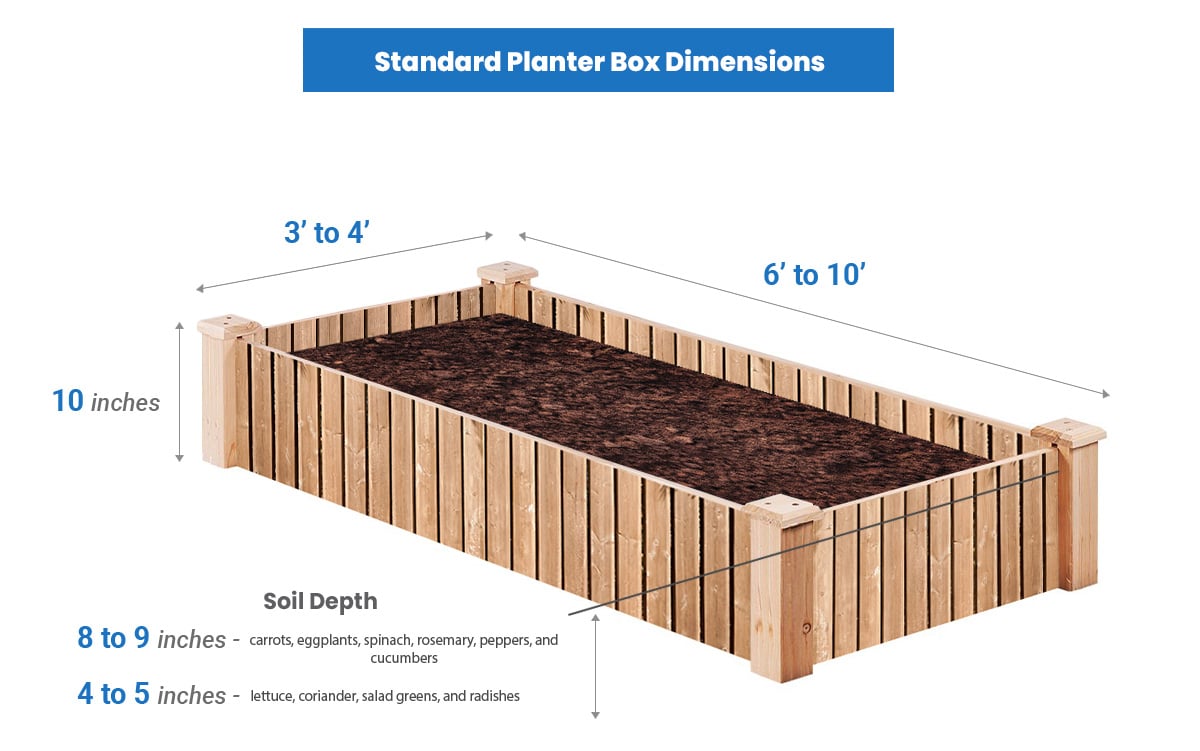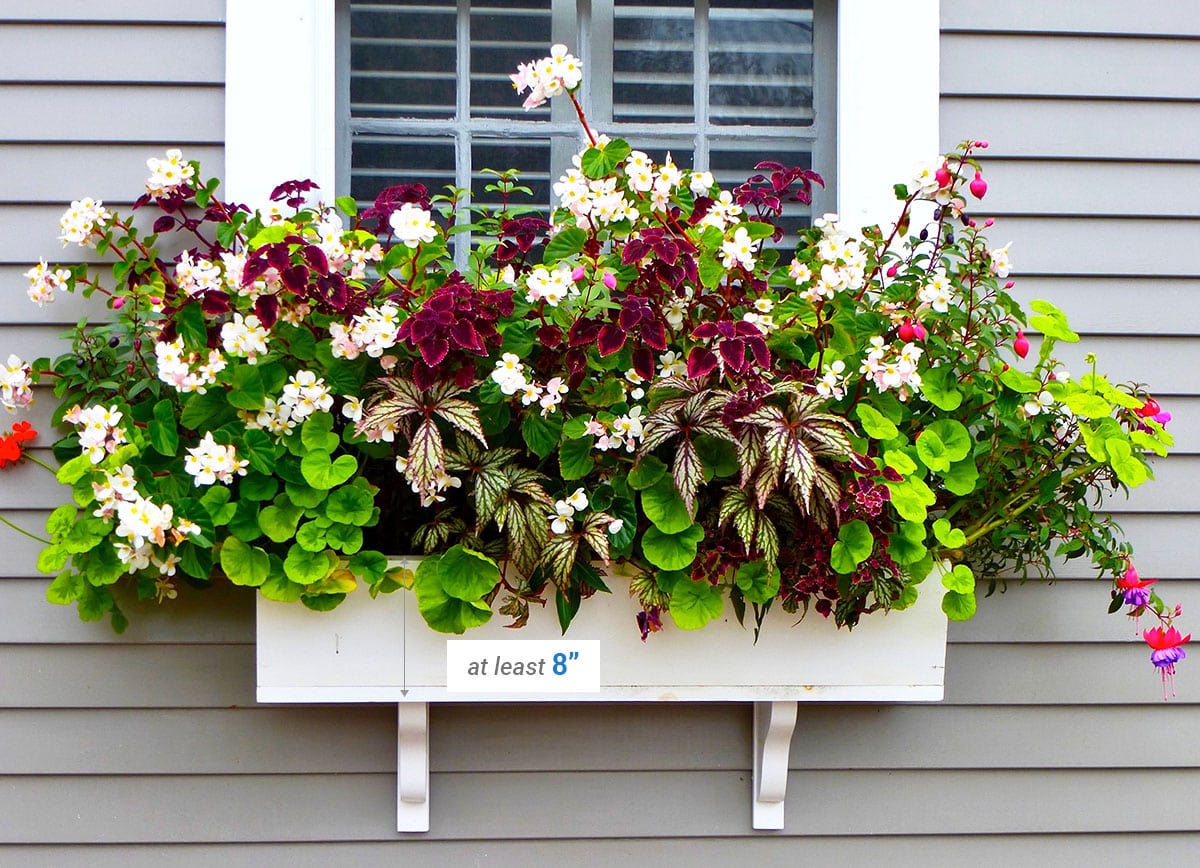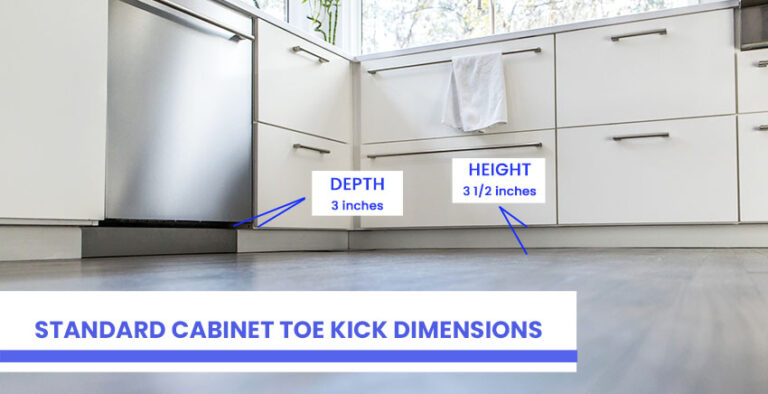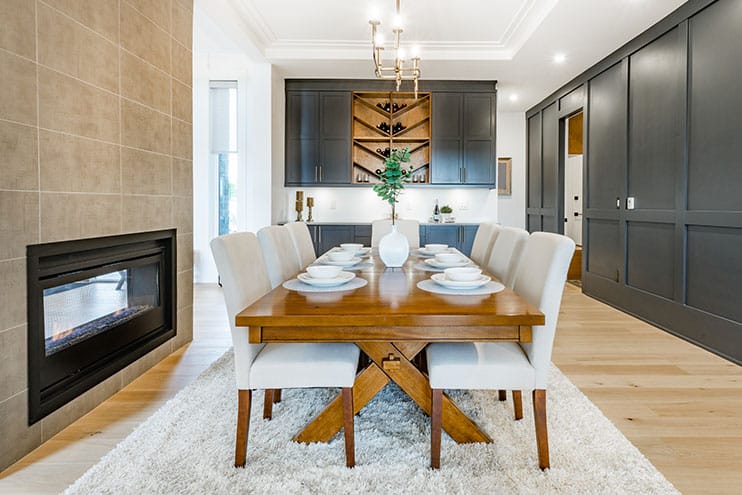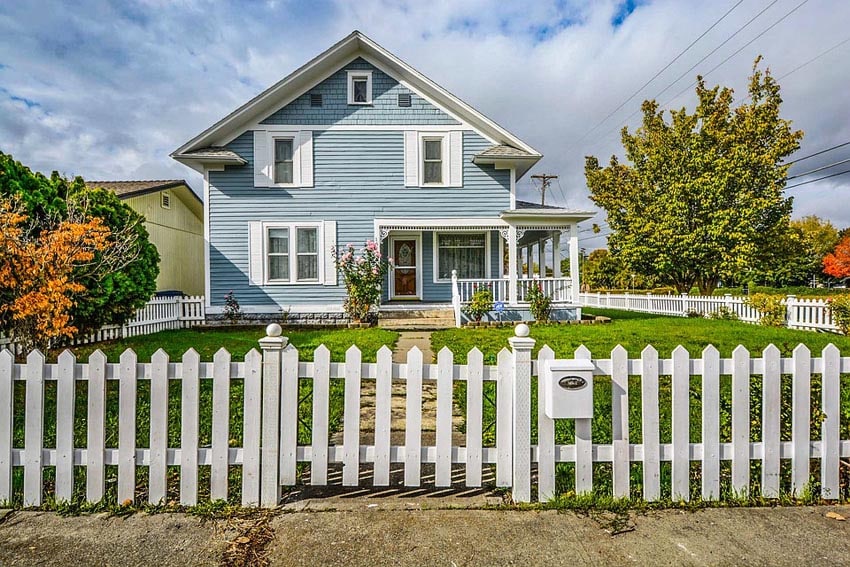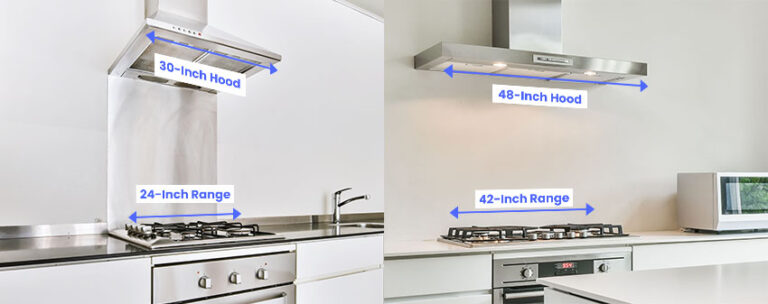Planter Box Dimensions (Sizes for Vegetables, Herbs, Windows & Trees)
In this planter box dimensions guide, you’ll see the standard planter box dimensions, planter box size for vegetables, herbs, and trees and window planter box size.
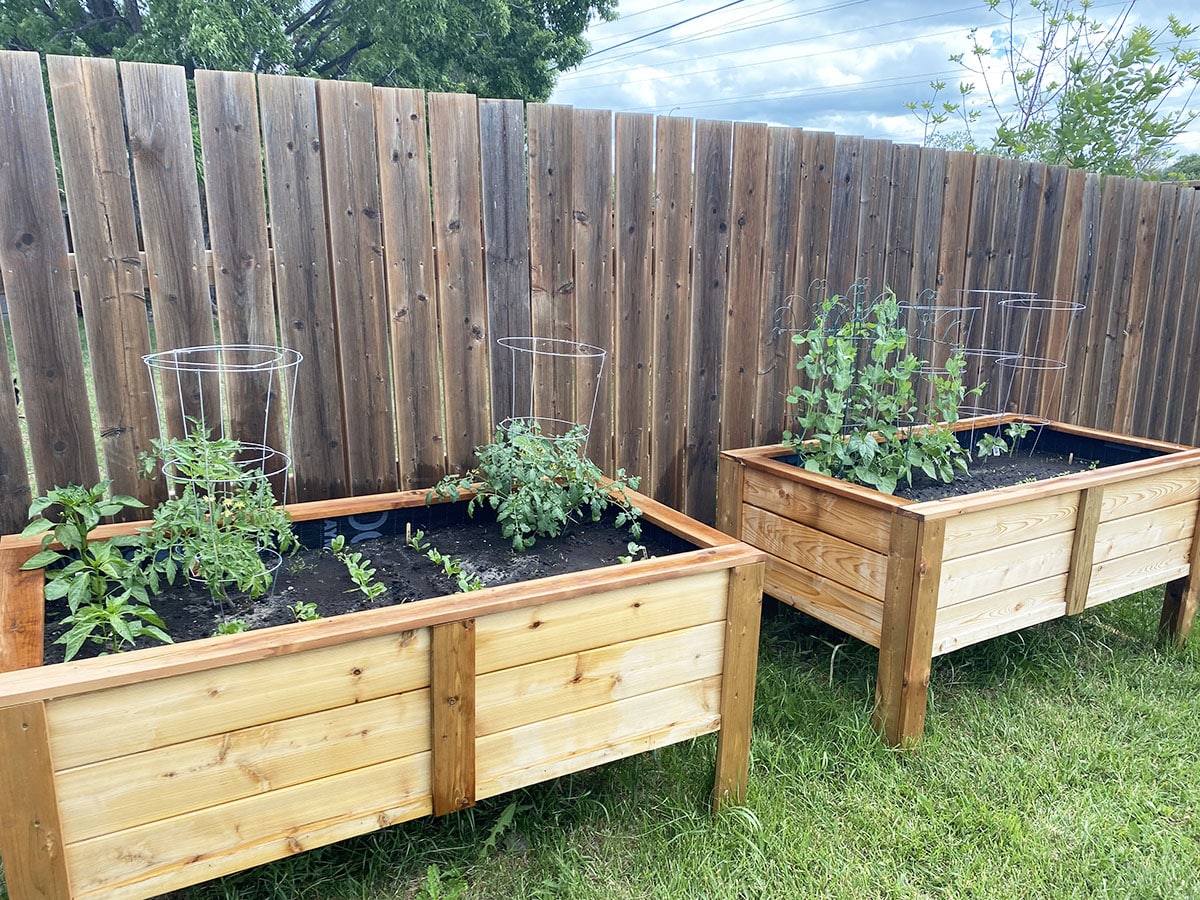
Because planter boxes rise several inches off the ground, plants are at the mercy of a homeowner’s correct decisions. The elevated garden bed must be large enough to accommodate plant life, ensuring robust growth and allowing plants to thrive. Hence, knowledge of planter box dimensions takes center stage in a family’s decision to create an elevated home for different plant species. [toc]
Standard Size Planter Boxes
It is safe to assume one can create just about any planter trough size if one looks at existing planter boxes in neighborhoods. Some are larger than others, often reflecting the gardener’s preferences.
For instance, gardeners with extended arm reach (nearly identical to the person’s height) can opt for a 6-foot-wide (about 1.83 meters) planter box (maybe even broader).
Meanwhile, a person with relatively short arms might find a four-foot-wide (1.22 meters) planter box more forgiving. The elevated garden bed’s breadth should be enough for the gardener to pull weeds, water the plants, apply fertilizers, and perform other gardening duties without straining.
Most gardeners recommend a planter box measuring 3 to 4 feet (91.4 to 121.9 centimeters) on its broadest section and 6 to 10 feet (182.9 to 304.8 centimeters) along its spine.
Novice gardeners will find the standard planter box size more conducive to their activities. Watering plants won’t be an issue. Pulling out weeds shouldn’t be a concern. Even families with limited space can opt for the 4-foot minimum. That way, they can stand in the center and reach the planter box’s opposite sides without hurting their backs or losing balance.
What Is The Ideal Planter Soil Depth?
Plants derive nutrition from the soil through an extensive network of nutrient-absorbing roots. Leaves also take nutrients from liquid fertilizers, but root systems remain the most robust nutrient-absorbing part of any plant. Hence, the planter box’s depth matters as much as its breadth and length.
How deep a planter box should be depends on the plant. For example, carrots, eggplants, spinach, rosemary, peppers, and cucumbers thrive best in a soil depth of about 8 to 9 inches (about 20 to 23 centimeters). Meanwhile, lettuce, coriander, salad greens, and radishes often grow best in 4- to 5-inch-deep garden soil (about 10 to 13 centimeters).
Most raised garden beds or planter troughs can accommodate garden soil about a foot to a foot-and-a-half deep (30.5 to 45.7 centimeters). The minimum recommended soil depth for a planter box is 8 to 12 inches (about 20.3 to 30.5 centimeters). Hence, families and homeowners must study the soil depth requirements of their chosen plants.
Another consideration is the planter box’s location. Elevated garden beds over soft Earth can have shallow soil depth. Meanwhile, planter boxes over concrete or any hard surface require more extensive soil depth. Otherwise, the roots that push through the planter box’s bottom will hit the hard surface. It can stunt the plant’s growth.
The magic number for most gardeners is 11 inches or 27.9 centimeters.
What Is A Good Height For A Box?
Although gardeners recommend a minimum elevated garden bed height of 10 inches (25.4 centimeters), how high a planter box should be off the ground depends on several things.
For example, families with small children might want to set their elevated garden beds closer to the ground. This action encourages young kids to try their hands at backyard gardening, teaching them invaluable lessons and finding joy in this activity. They could water the plants with toy watering cans, pull weeds, and till the soil with a toy garden trowel. The joy in the child’s eyes should be a sufficient reward for any well-meaning parent.
On the other hand, individuals with chronic back pain and other spinal problems can benefit from garden beds elevated at least 3 feet (91.4 centimeters) off the ground. This position will be gentler on a bad back, allowing individuals to enjoy gardening without making their health conditions worse.
Individuals recovering from an illness or those in a wheelchair can benefit from a planter box raised at least 2 feet (61 centimeters) off the ground. This height should make gardening less stressful, allowing gardeners with impaired mobility to enjoy caring for the soil and plants and watching their plants grow.
If one places the planter box over pavement or concrete surface, the planter trough must be at least 10 inches (25.4 centimeters) off the ground. Positioning the planter box over soil allows gardeners to raise it to less than 10 inches, provided they soften or till the ground underneath the elevated garden bed.
Planter Size For Vegetables
Vegetables do not require as much space as trees do. However, aspiring backyard gardeners must still recognize the recommended planter box sizes for vegetables.
Green, leafy vegetables grow best in a planter box measuring 6 to 8 inches (15.24 to 20.3 centimeters) across, while root vegetables thrive in 8- to 14-inch-deep (20.3 to 35.6 centimeters). Fruit-bearing vegetables need 12- to 16-inch-deep (30.5 to 40.6 centimeters) planter boxes.
Here are some vegetables one can grow in a planter box and their recommended planter sizes.
• Bok choy and Swiss chard – 12 inches wide and 8 inches deep (30.5 and 20.3 centimeters)
• Collard greens – 24 inches wide and 12 inches deep (61 and 30.5 centimeters)
• Cabbage – 18 inches wide and 12 inches deep (45.7 and 30.5 centimeters)
• Lettuce – 6 inches wide and deep (15.2 centimeters)
• Spinach – 12 inches wide and 6 inches deep (30.5 and 15.2 centimeters)
• Kale – 12 inches wide and deep (30.5 centimeters)
• Celery – 10 inches wide and 8 inches deep (25.4 and 20.3 centimeters)
Box Size For Tomatoes
Tomatoes are a favorite crop for backyard gardeners. They are easy to grow and can add spice to the landscape when the fruits start turning red.
Although tomatoes have small root systems compared to other backyard produce, they still require sufficient soil depth to absorb as many nutrients as possible. Hence, gardeners recommend a minimum of 12 inches (about 31 centimeters) for tomato roots to branch out and thrive. Moreover, the planter box should be at least 3 feet (91.4 centimeters) broad.
Herb Container Size
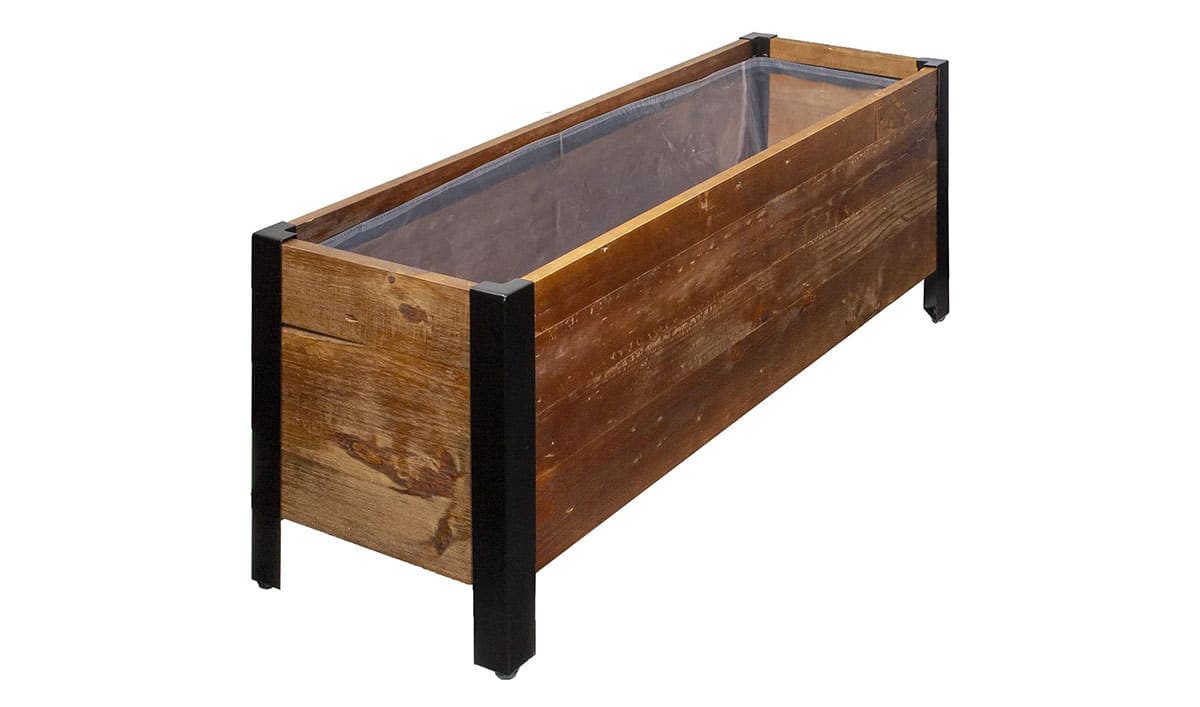
Growing herbs in planter boxes is more forgiving, allowing backyard gardeners to use elevated garden beds as narrow as 6 inches (15.2 centimeters) and as deep as 12 inches (30.5 centimeters). Here are some examples.
- Basil and cilantro – 6 inches wide and 8 inches deep (15.2 and 20.3 centimeters)
- Oregano, parsley, and sage – 8 inches wide and deep (20.3 centimeters)
- Thyme and marjoram – 6 inches deep and wide (15.2 centimeters)
- Mint and fennel – 10 inches wide and 12 inches deep (25.4 and 30.5 centimeters)
- Lavender, dill, tarragon, and rosemary – 12 inches wide and deep (30.5 centimeters)
Tree Box Measurement
Gardeners who want to grow trees in a planter box must consider the species’ maximum root ball size. For example, a tree that grows to a maximum of 10 feet (3 meters) can have a root ball diameter of at least 12 to 16 inches (30.5 to 40.1 centimeters).
Hence, the tree planter box should be twice broader and deeper than the tree’s root ball diameter. In this case, the elevated garden bed should be at least 2 feet (61 centimeters) in depth and breadth.
Moreover, gardeners must replant the growing trees to a larger planter box dimensions every 2 to 3 years. The new planter box must be at least 4 inches larger (10 centimeters) bigger than the previous container.
When choosing materials for a planter each type will have its own advantages and disadvantages. Resin, plastic, concrete, and clay are popular products. Metal is frequently used for decorative planters; however, due to its conductivity, it can heat up, which can cause plant roots to overheat.
Window Planter Sizing
Most planter boxes for windows are at least 8 inches deep and wide (20.3 centimeters). Although a bigger window planter box will benefit the flowering or ornamental plant, doing so can cause stability and safety issues. As for the planter box’s length, it should match the window’s length and be mounted depending on the height of the flowers or plants you’ll be using.
Did we miss any critical information, or do you have questions about outdoor planter box dimensions? Share your experience and favorite options in the comments section. Visit our greenhouse sizes guide for more related content.

